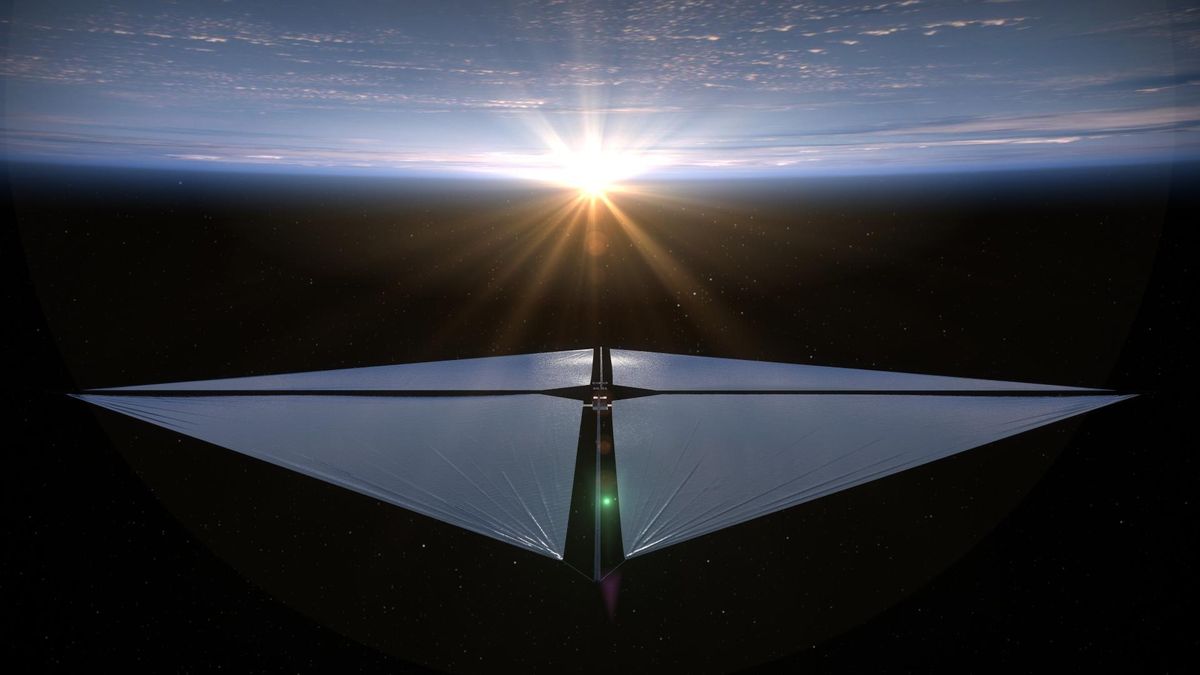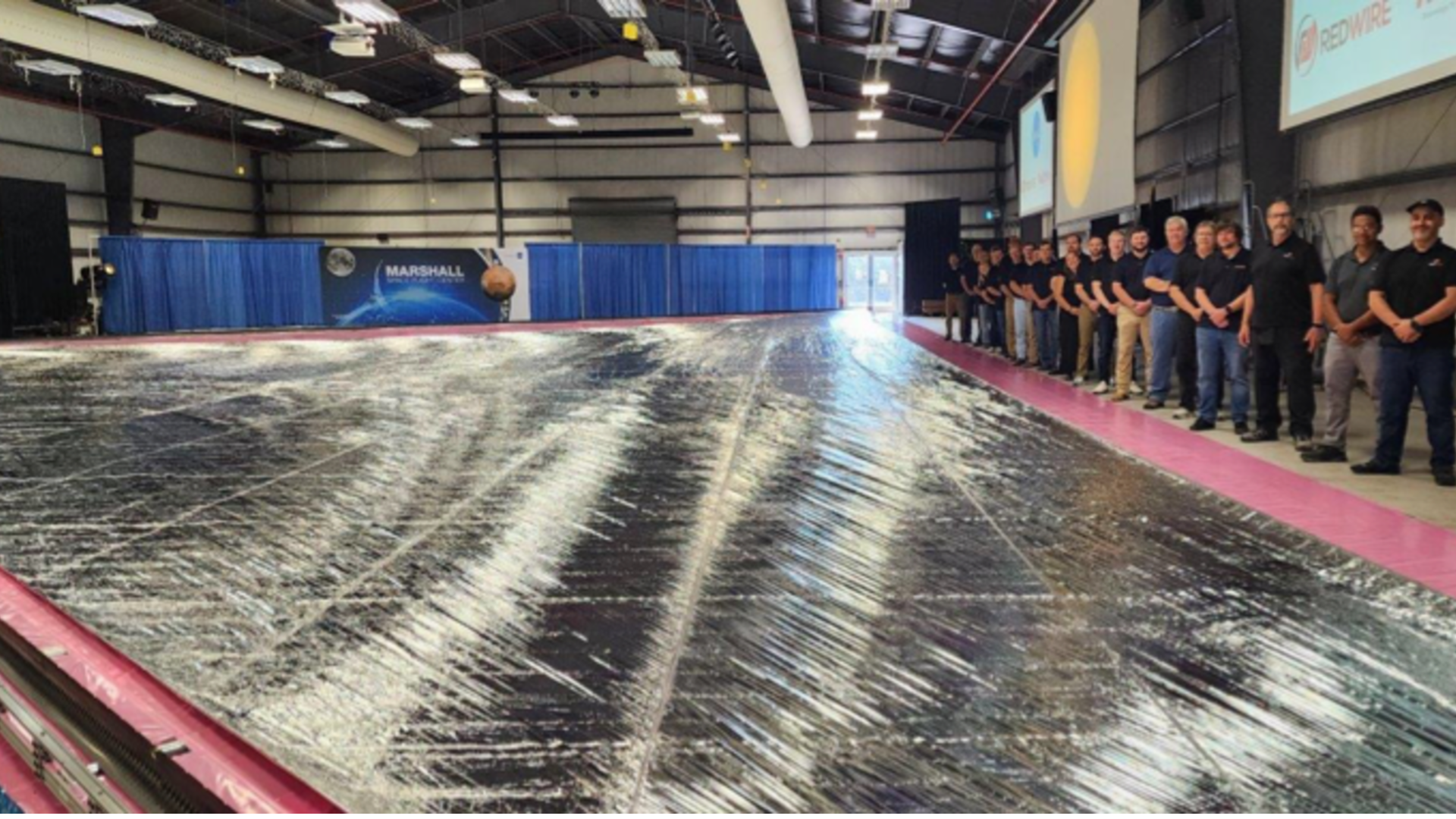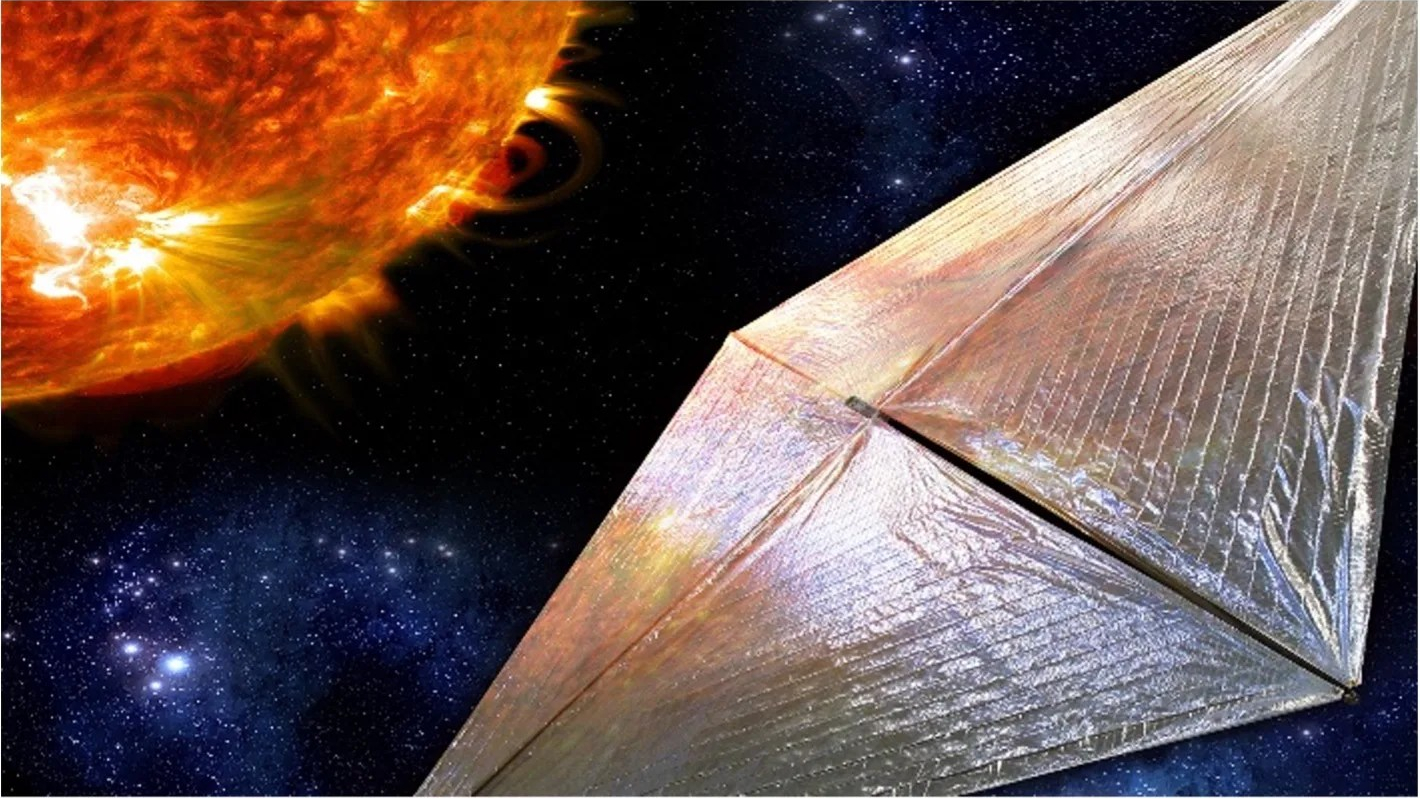
NEW ORLEANS — The concept of solar sails enabling satellites to navigate using sunlight is on the verge of becoming a tangible innovation.
This groundbreaking technology could pave the way for scientists to issue advanced warnings regarding space weather phenomena, including geomagnetic storms that may potentially disrupt technology on Earth.
“For those familiar with sailing, it’s a similar concept,” explains Irfan Azeem, division chief at NOAA’s Office of Space Weather Observations, during an interview at the American Meteorological Society’s annual gathering. “Instead of harnessing the wind, we utilize photons, the sunlight, to navigate our satellites.”
“This technology is groundbreaking,” he emphasized. “Historically, we’ve depended on propulsion for satellite travel, but solar sails offer an innovative, cost-effective method for space navigation.”
Related: Solar-sailing probes may soon be launched into action
Noaa’s Office of Space Weather Observations manages the agency’s active satellite systems that gather vital information from vantage points between Earth and the sun. The diverse data collected from these satellites contributes to space weather forecasting, enabling forecasters to issue alerts when a solar flare may impact Earth or affect astronauts and space technology.
Charting New Frontiers

Current missions focused on monitoring solar activity include NASA’s Advanced Composition Explorer and NOAA’s Deep Space Climate Observatory, which track the solar wind. Unlike the gentle breezes we experience on Earth, this solar wind is composed of electrons and protons streaming from the sun’s corona. Monitoring this solar wind is crucial, as it can interact with Earth’s magnetic field, resulting in auroras in the polar regions and strong geomagnetic storms.
While warning systems are in place, the demand for more timely alerts remains high, especially concerning impacts on critical technologies such as power grids, GPS navigation, agriculture, and aviation. Through NOAA’s Space Weather Next initiative, researchers are exploring how subsequent satellite missions can enhance the lead time for geomagnetic storm alerts. This involves developing ways to obtain information shortly after solar flares by gathering measurements closer to the sun.
This is where solar sails become instrumental.
“Solar sails facilitate our journey beyond the Lagrange One Point (L1), currently the most advanced observation point, allowing for greater efficiency,” Azeem pointed out. “At present, L1 positions spacecraft in a semi-stable location for constant observation of solar activity. To explore beyond L1, traditional chemical rockets are necessary, whereas solar sails provide a more economical option to extend our reach.”
L1 is situated approximately 932,000 miles (1.5 million kilometers) from Earth, allowing spacecraft to maintain a fixed observational position relative to the sun. However, the closer satellites can approach the sun, the more rapidly they can emit data before, during, and after significant space weather events.

By employing solar sails, spacecraft can navigate upstream of the solar wind, which could enhance alert lead times by up to 50%, as Azeem elaborated. This method represents a shift from the location used for over four decades.
During the recent AMS meeting, NOAA provided updates on this initiative, revealing that construction is progressing on a full-scale version of NOAA’s solar sail, which is part of the Solar Cruiser project in collaboration with NASA. Once operational, this solar sail will cover an area of 17,793 square feet (1,653 square meters).
In addition to a central spacecraft equipped with spools and a sail deployment mechanism, it will incorporate four individual sails, each constructed in separate quadrants, with completion slated for February 2026. If the timeline remains intact, NOAA aims for a rideshare launch in 2029.
“I am particularly excited about the complexity involved in merging various scientific disciplines,” Azeem stated. “The advancements in material science and other fields are significantly benefiting the space weather sector, propelling us towards essential progress.”









